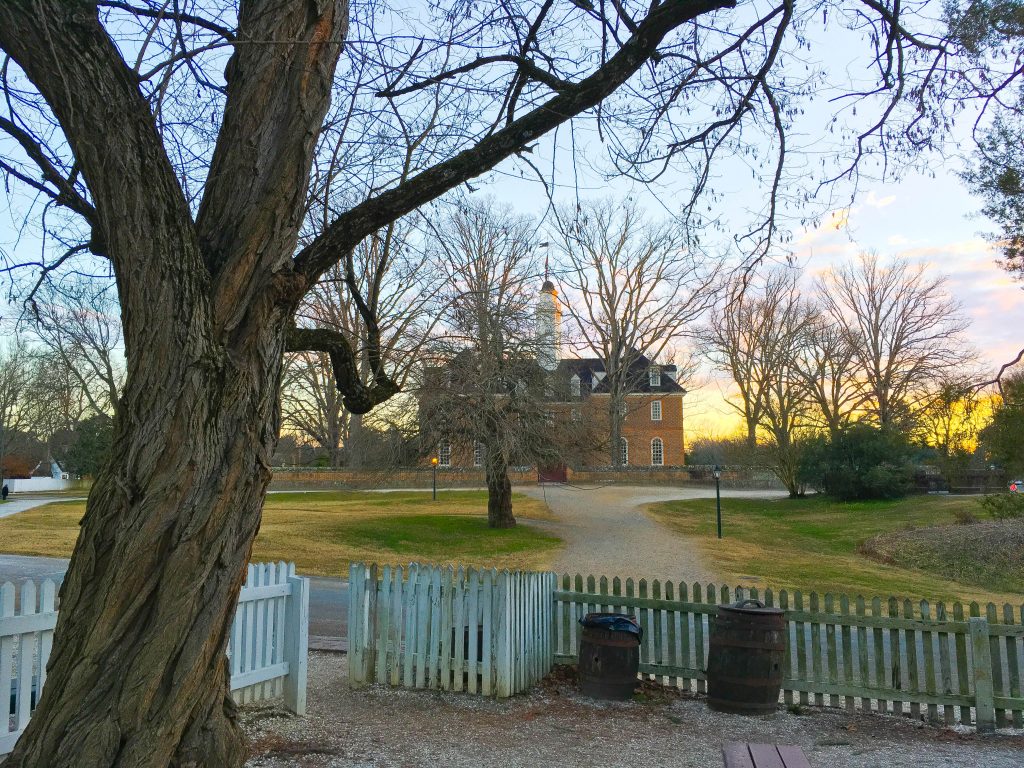On November 15, 1775, John Murray, the Earl of Dunmore and the royal governor of Virginia, issued a proclamation setting “all indentured Servants, Negroes, or others (appertaining to Rebels) free, that are able and willing to bear Arms, they joining his Majesty’s Troops”.
In other words, slaves of Virginians who supported American independence would be set free if they fought for Britain in the Revolutionary War.
In this Revolutionary City skit at Colonial Williamsburg, Eve, a slave in the household of Mrs. Peyton Randolph, concludes a meeting where she and others discussed the proclamation’s potential impact on them.
It’s not certain how many people took advantage of Lord Dunmore’s proclamation, but Eve evidently was one of them; a document dated January 5, 1776, listed her as “gone over to the enemy”. However, history suggests that she returned to the Randolph household and later escaped again, possibly more than once. There her days were long and exhausting; she laid out Mrs. Randolph’s clothes and helped her dress, conveyed her instructions to the other household servants, fetched items she requested, ran errands in town, prepared her bed with a warming pan, and helped her undress for the night.
It’s possible that Eve ended her days in freedom; a February 1782 newspaper ad placed by Mrs. Randolph’s nephew Harrison Randolph offers a reward “FOR apprehending EVE, Negro woman slave, who left York after the surrender … and has since been seen on her way to Hampton”. The date of Eve’s death is, like that of her birth, unknown.
After my misspent youth as a wage worker, I’m having so much more fun as a blogger, helping other discerning travellers plan fun and fascinating journeys. Read more …


